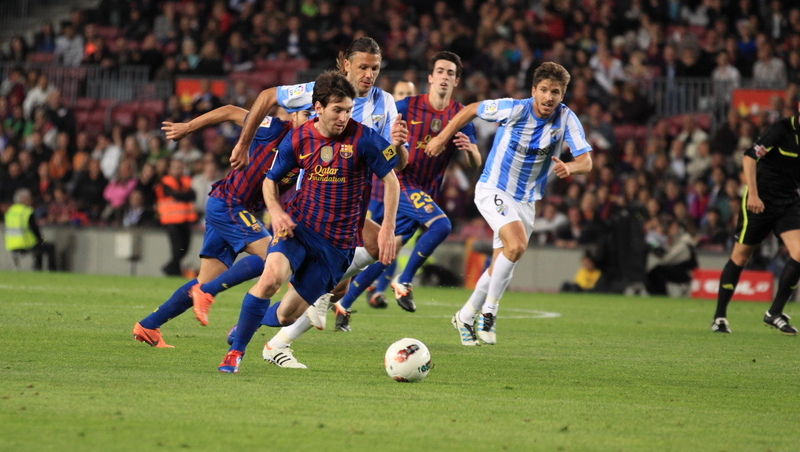大家在開會討論新產品的上市計畫。討論得正熱烈,外籍同事突然說:“May I come in here?” Nancy覺得很奇怪,這同事明明就坐在旁邊,已經在會議室了,為何還要問可不可以進來?
其實,“May I come in here?”是會議常用的句子,今天來看看開會最容易誤解的英文句子。
May I come in here?
(X)我可以進來嗎?
(O)我可以打個岔嗎?
come in有很多意思,在這裡指「加入討論」。當別人已經在講一件事,我們想打斷時,可以使用這個句子:
I’d like to come in here and make a suggestion.(我想打岔一下,給一個建議。)
You can take the floor.
(X)你可以坐在地板上。
(O)該你發言了。
floor原意是「地板」,也可指「發言權」,這地板指的是「發言的講台」:
I now invite the President to take the floor.(現在請總統講話。)
Whose turn is it to take the floor?(輪到誰發言了?)
有take,基本上就會有give。Give the floor to,意思是「給⋯⋯發言權」或「請⋯⋯發言」。
Mr. Johnson, we will give the floor to you next. Please allow your colleague a chance to finish speaking first.
(Johnson先生,等等會請你發言。請先讓你的員工把話說完。)
I'm afraid you are getting sidetracked.
(X)你恐怕被踢除了。
(O)你恐怕有點離題了。
sidetrack是一個合併字,side是「一邊」,track是「軌道」。「軌道另一邊」,引申為「轉移話題、離題」。
Don’t get sidetracked by the audience’s questions. (不要被觀眾提問就轉移焦點。)
sidetrack也能進一步延伸為「耽擱」。
I'm sorry I'm late - I got sidetracked.(很抱歉遲到——我被其他事情耽擱了。)
Are you with me on this?
(X)你跟我在一起嗎?
(O)你知道我的意思嗎?
Are you with me?字面上是「你和我在一起嗎」,引申為「你知道我的意思嗎」。
詢問對方是否贊成自己,我們可以說:
Are you with me or against me?(你是贊成還是反對?)
贊成的話,可以回答“I am with you.”。所以我們可以這樣理解:I am with you原始的意思是「我和你在一起」,再進一步延伸為「我理解你的意思」,更進一步是「我贊同你的想法」。
I move to end this discussion.
(X)我走了,這場討論就結束了。
(O)我提議結束這個討論。
move這個字,我們熟悉的意思是「移動、離開」,也有在會議上「提議、動議」的意思。例如:
I move to adjourn the meeting.(我提議停止會議。)
I move that the proposal be accepted.(我提議接受這項建議。)
I second that.
(X)我排第二。
(O)我附議/我也這樣想/我支持這個觀點。
會議中有人先表達了一個觀點,你想要表示贊同,可以說 I second that。Second是第二,這兒指我同意第一個人講的,所以我是第二。例如:
A:I could use a drink.(我想喝杯飲料。)
B:I’ll second that (= I agree with you)!(我贊成!)
責任編輯:倪旻勤
核稿編輯:陳瑋鴻









